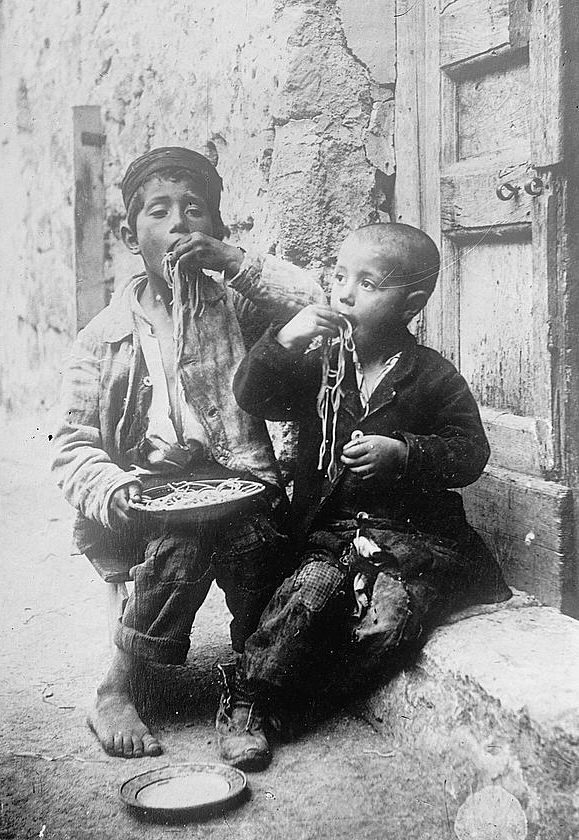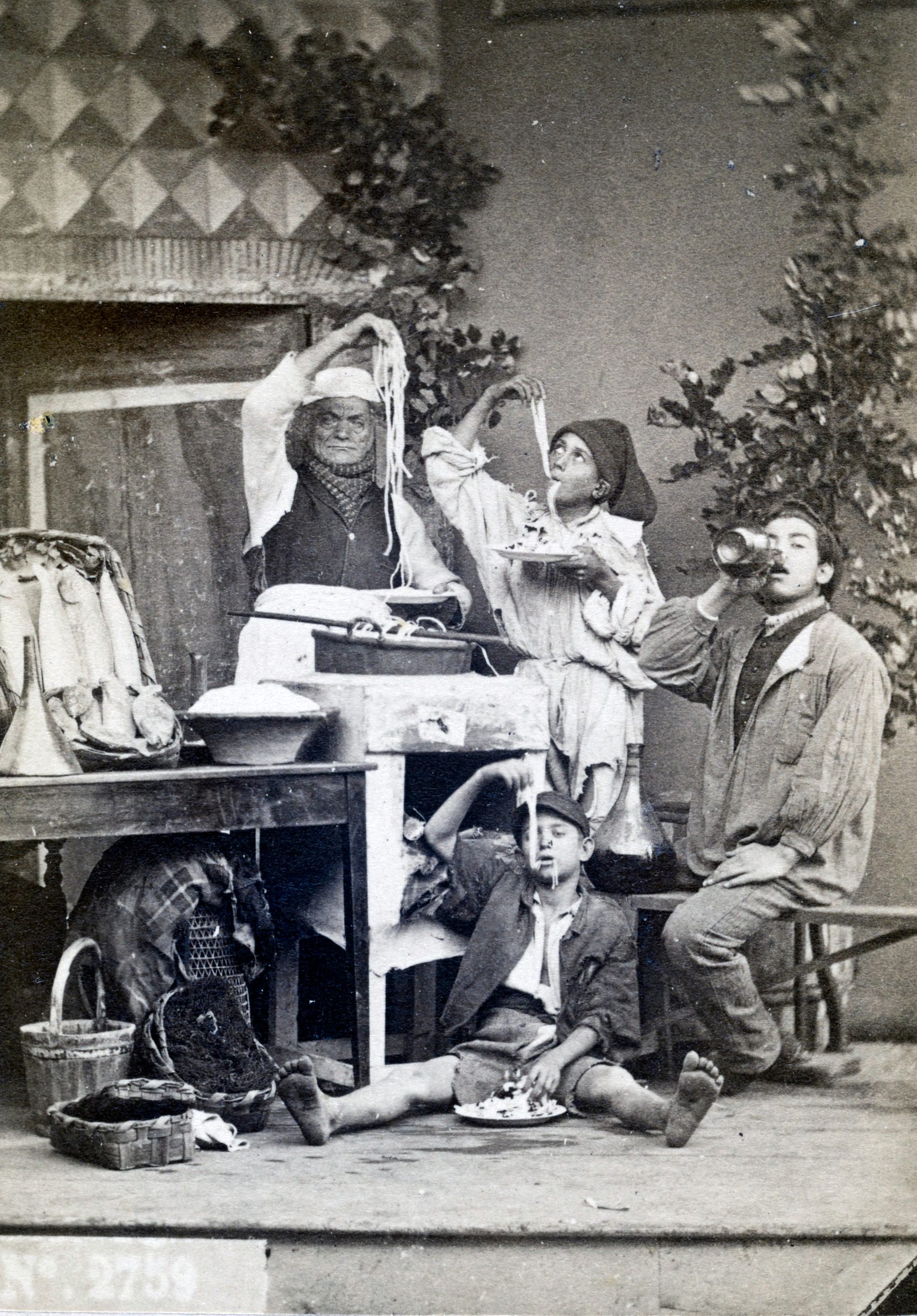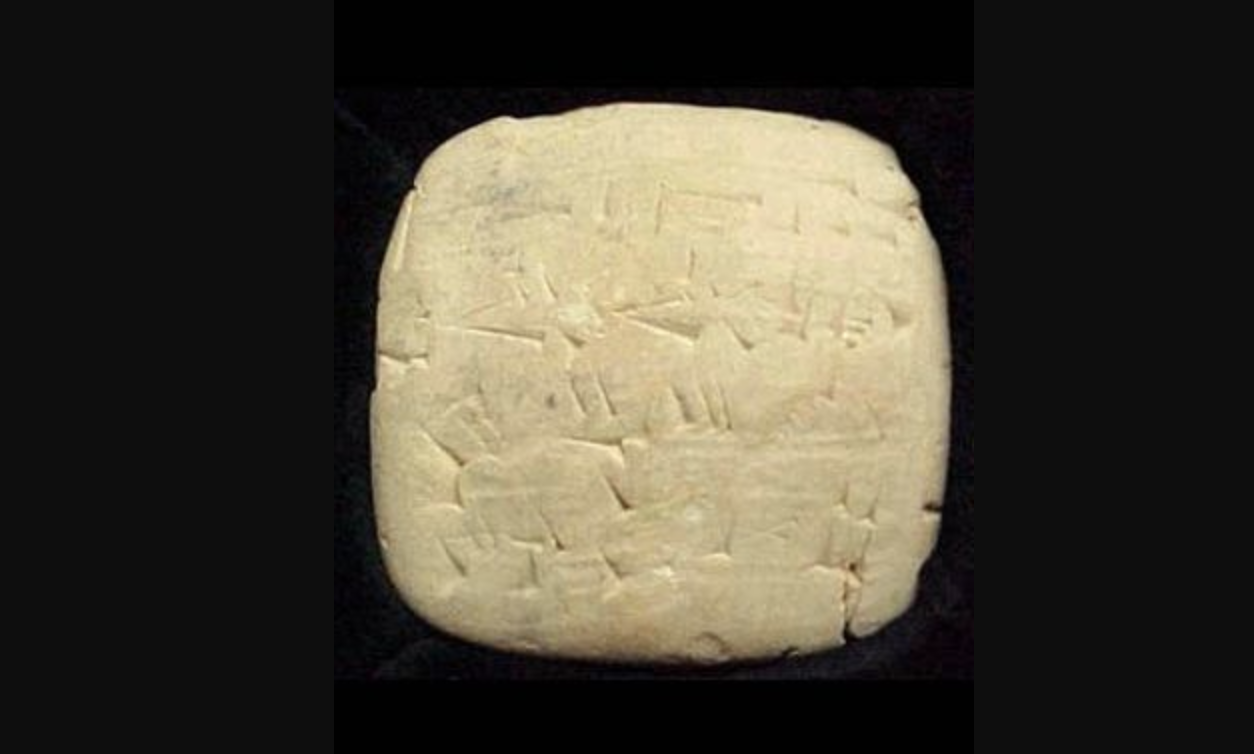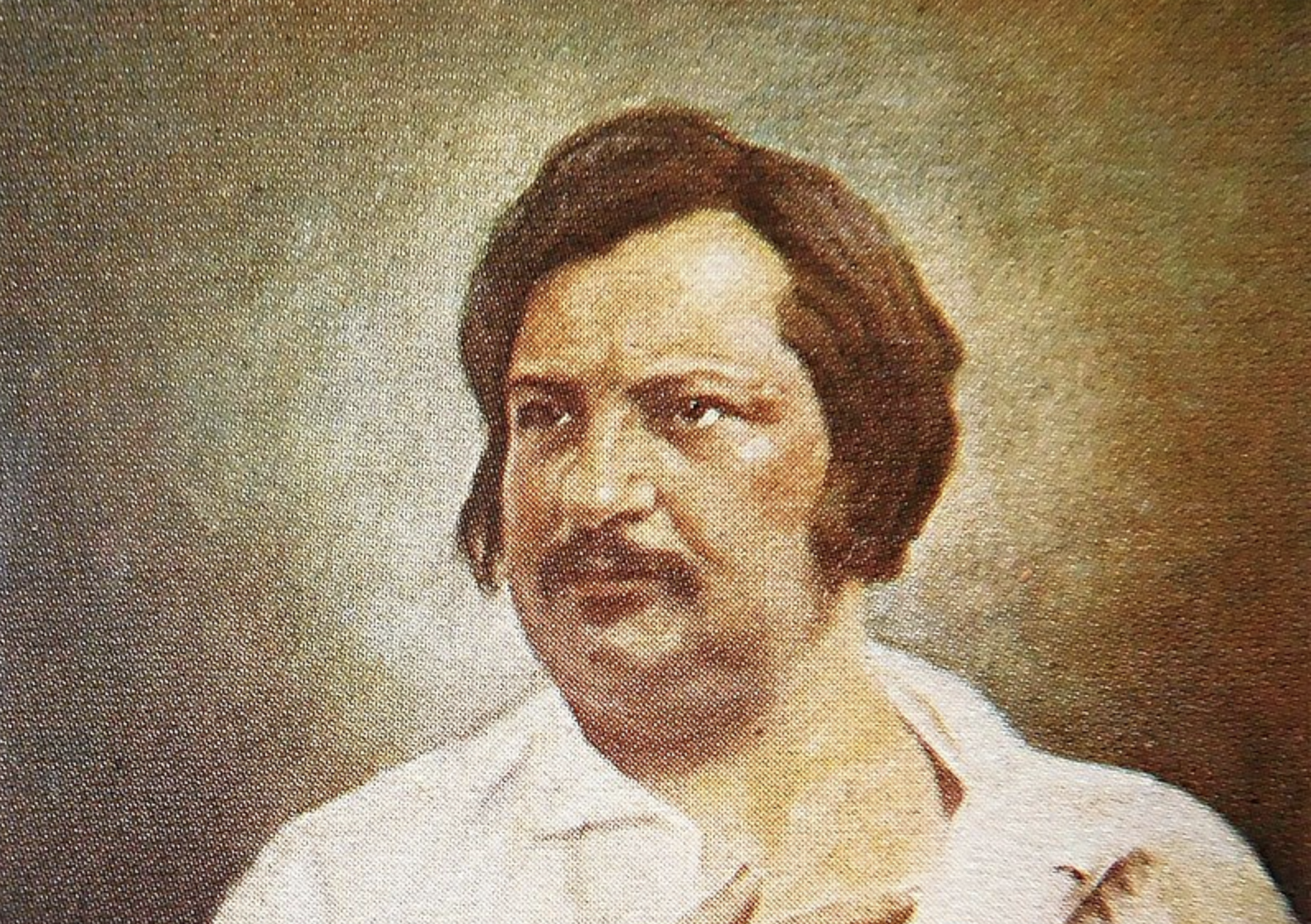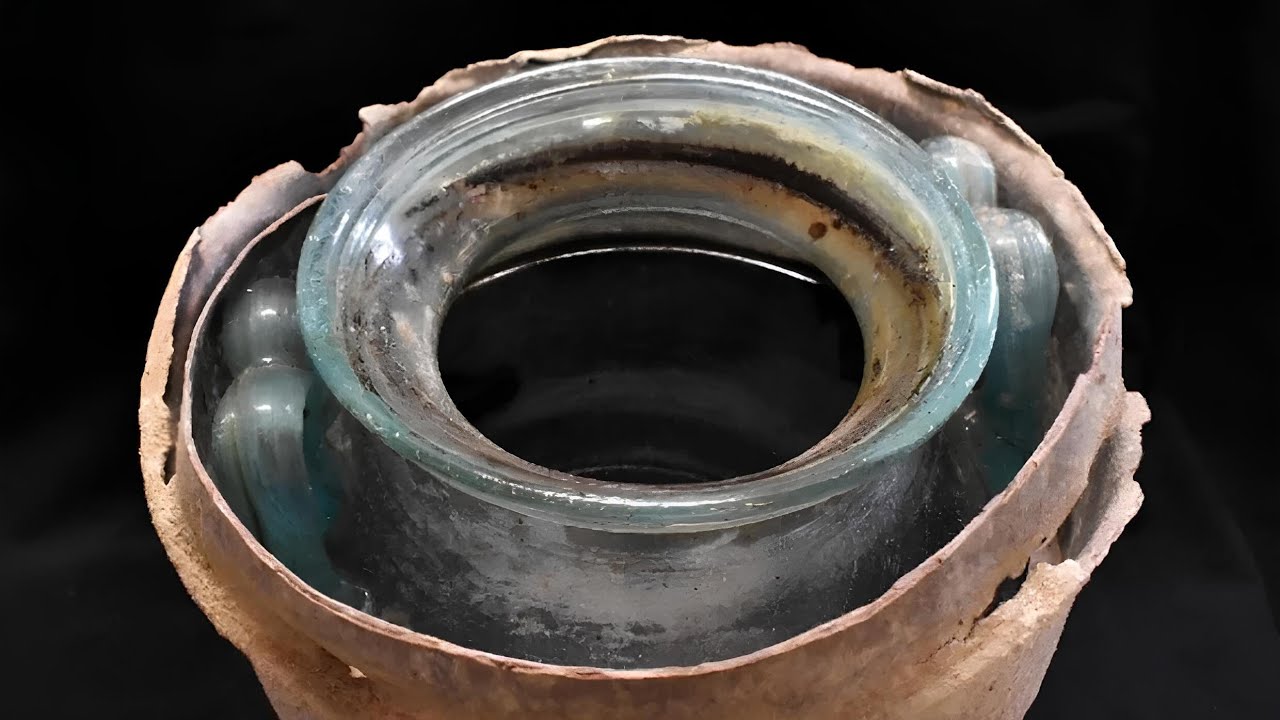At least since The Canterbury Tales, the setting of the medieval tavern has held out the promise of adventure. For their customer base during the actual Middle Ages, however, they had more utilitarian virtues. “If you ever find yourself in the late medieval period, and you are in need of food and drink, you’d better find yourself an inn, tavern, or alehouse,” says Tasting History host Max Miller in the video above. The differences between them had to do with quality: the taverns were nicer than the alehouses, and the inns were nicer than the taverns, having begun as full-service establishments where customers could stay the night.
As for what inn‑, tavern‑, or alehouse-goers would actually consume, Miller mentions that the local availability of ingredients would always be a factor. “You might just get a vegetable potage; in some places it would just be beans and cabbage.”
Elsewhere, though, it could be “a fish stew, or something with really quality meat in it.” For the recipe of the episode — this being a cooking show, after all — Miller chooses a common medieval meat stew called bukenade or boknade. The actual instructions he reads contain words revealing of their time period: the Biblical sounding smyte for cut, for instance, or eyroun, the Middle English term that ultimately lost favor to eggs.
The customers of taverns would originally have drunk wine, which in England was imported from France at some expense. As they grew more popular, these businesses diversified their menus, offering “cider from apples and perry from pears,” as well as the premium option of mead made with honey. Alehouses, as their name would suggest, began as private homes whose wives sold ale, at least the excess that the family itself couldn’t drink. However informal they sound, they were still subject to the same regulations as other drinking spots, and alewives found to be selling an inferior product were subject to the same kind of public humiliations inflicted upon any medieval miscreant — the likes of whom we might recognize from any number of the high-fantasy tales we read today.
Related content:
How to Make Medieval Mead: A 13th Century Recipe
How to Make Ancient Mesopotamian Beer: See the 4,000-Year-Old Brewing Method Put to the Test
Based in Seoul, Colin Marshall writes and broadcasts on cities, language, and culture. His projects include the Substack newsletter Books on Cities and the book The Stateless City: a Walk through 21st-Century Los Angeles. Follow him on the social network formerly known as Twitter at @colinmarshall.
